What I Really Do: Project Coordination Edition
…and a bit of talk about budgets
So you saw a design show on TV or the Internet and they made it look so easy- just pick out a few finishes you like, talk to the contractor and bam you have this amazing space. Who needs an Interior Designer anyway? Oh and budgets always stay miraculously low despite upgraded finishes and superb workmanship.
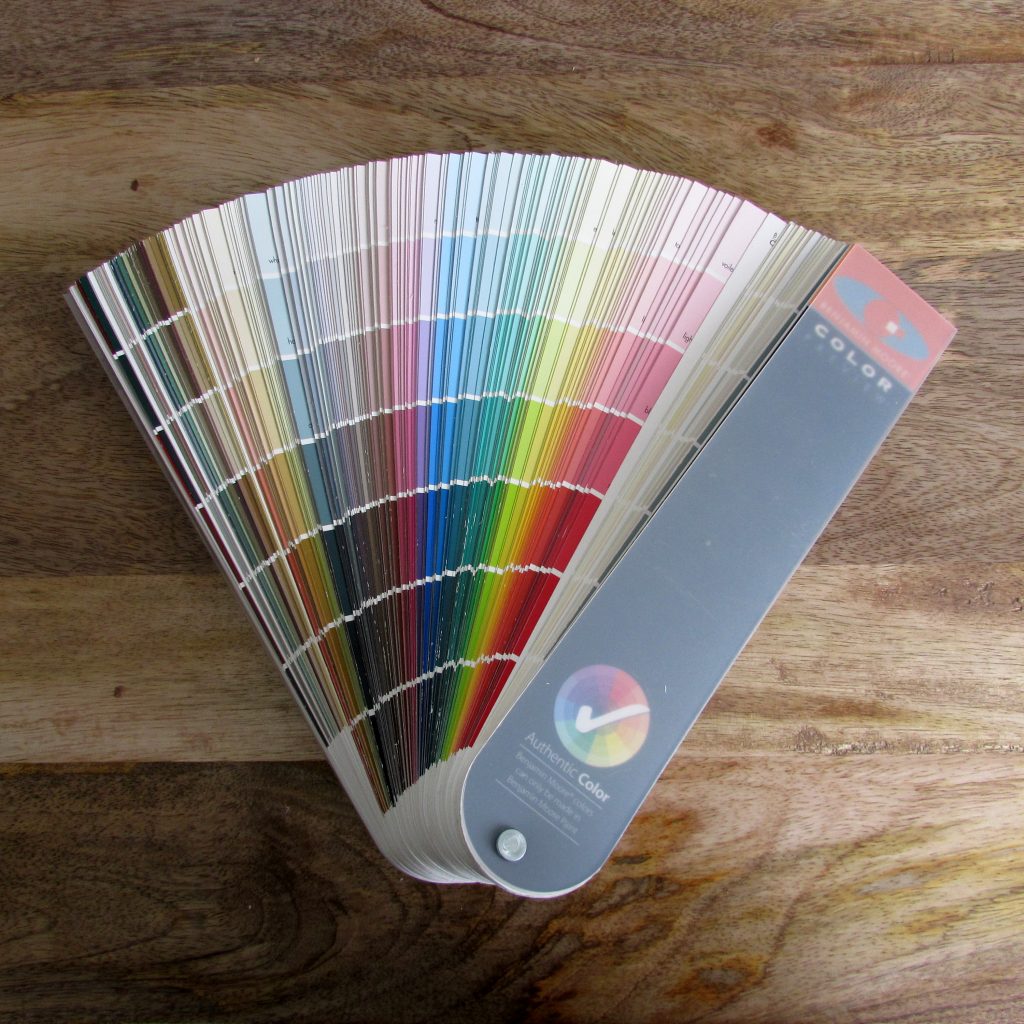
I hate to be the one to burst that bubble, but there is SO much more involved in what a registered interior designer does than that.
Let’s break down myth #1- we just pick out a few finishes and sketch up a couple things. Even the process of curating finishes to present to clients is lengthy and informed by our detailed research with the client, years of experience, and a keen eye on the budget.
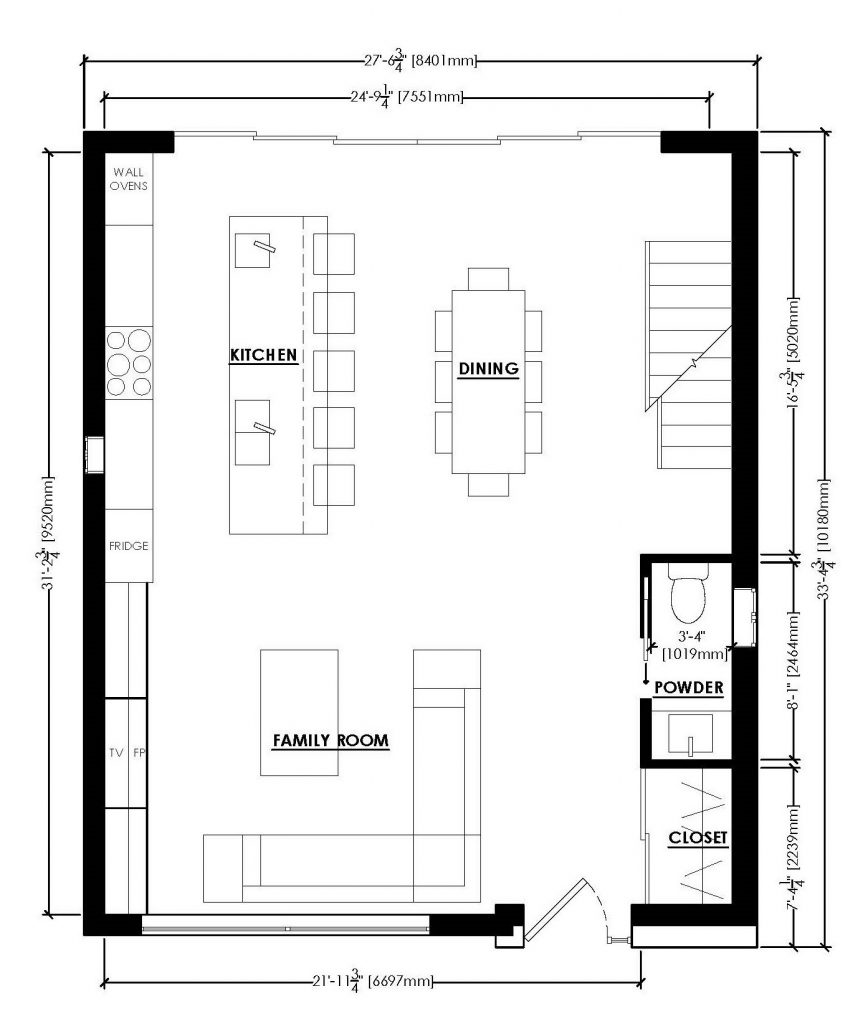
Before that even happens we’re going over the floor plans with you. These certainly didn’t appear out of thin air, we’ve poured through our options, weighed which would work best and reviewed the requirements for the space before ever showing you any “successful” layouts. We’ve chatted with the rest of the team to get their input on important features (how easy is that custom detail to construct- is it even in our budget? I don’t guess at it, I talk to my builder or general contractor, who has a vast amount of experience pricing and constructing projects #teamworkmakesthedesignswork).
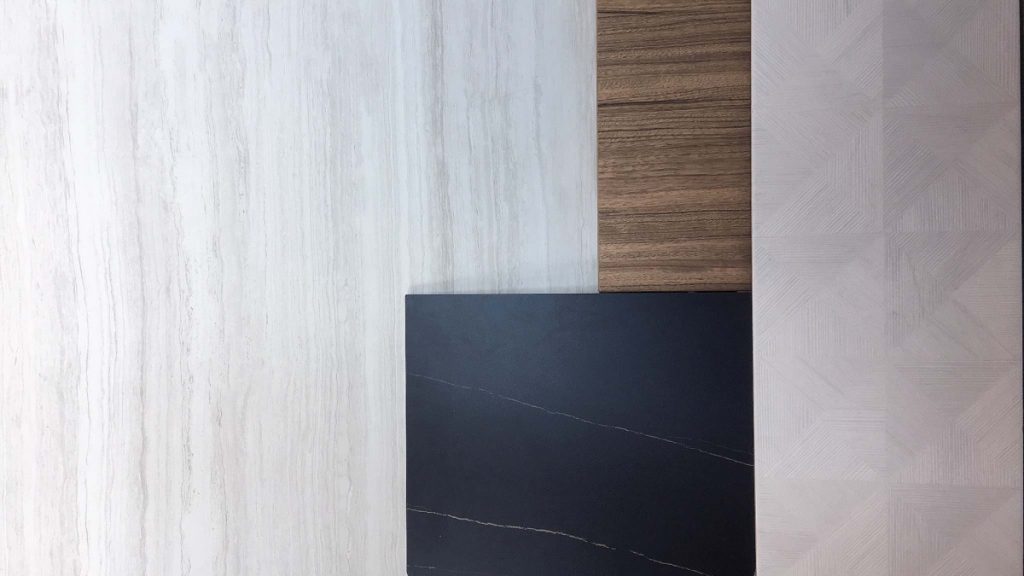
And those finishes that we’ve worked hard curating for you? Well, they need to be ordered and coordinated. We pour through how much product is needed (do we need more material for waste due to this intricate tile pattern?), check pricing and availability and coordinate timelines with the contractor to ensure the product is on site and available when needed. And that’s just the materials. Custom furniture and cabinetry are a whole other complex ballgame. (And ask me about being there on site to coordinate details with the Builder or General Contractor sometime. I’m sure you’d be happy to leave work to coordinate a tile layout with your contractor on short notice.)
“What about the budget? Interior designers cost quite a bit and they always seem to stick to super low budgets on my favourite show.” Did you know that an aspect of running a design show is getting product donated to make that project look good and stay in budget? I’ll leave you to guess if you can get product for free if you’re not running a fancy show or are a charity.
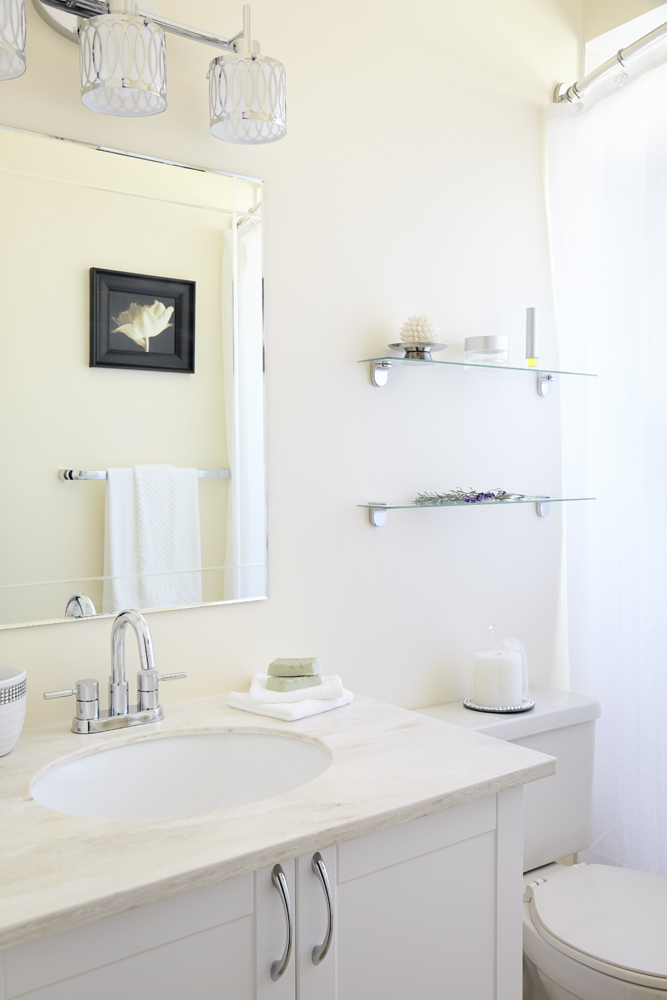
I’m going to humble brag for a moment. Above is an image of our client’s master bathroom. It’s not a very big bathroom, and neither was her budget. She’d had plenty of people recommend she gut her three bathrooms, when all that was needed to get her ROI (return on investment) when she planned to sell the house in a few years was a facelift. Everything you see above was sourced at big box stores. All of it. What did paying for an interior designer do for her? It made the most out of lower end finishes for (and here’s the humble brag) pretty spectacular results. (You can read her testimonial for yourself here and view her full project here)
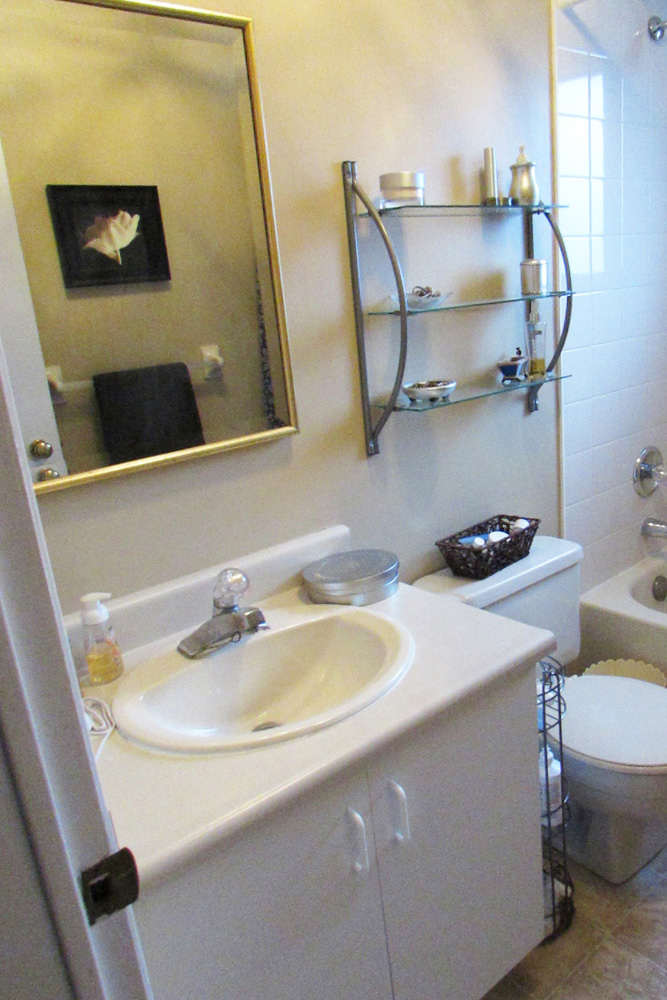
A good interior designer can “high-low” shop for you. (Above is the before of that same bathroom.) I can recommend the places you need to spend (like countertops in the bathroom- having a beautiful stone or man-made countertop versus just a laminate top would be much more appealing to buyers), and where you can save (replacing the doors of her vanities versus buying new, and fitting out the rest of the bathroom from big box stores). We can balance the budget by saving money in one place to spend that money in another (lower end finishes done creatively in a guest bathroom in order to upgrade finishes in the master suite)
I could go on for days (and hopefully I haven’t lost you yet!), but I hope this gives you a bit of insight on “What I really do” when it comes to project coordination.
Next up: “You Want a Designer That Tells You No”